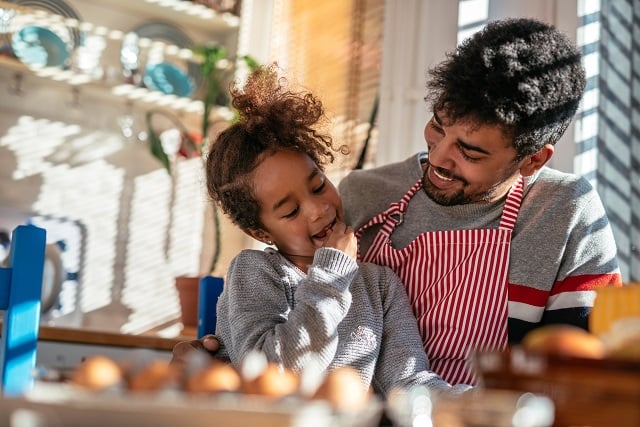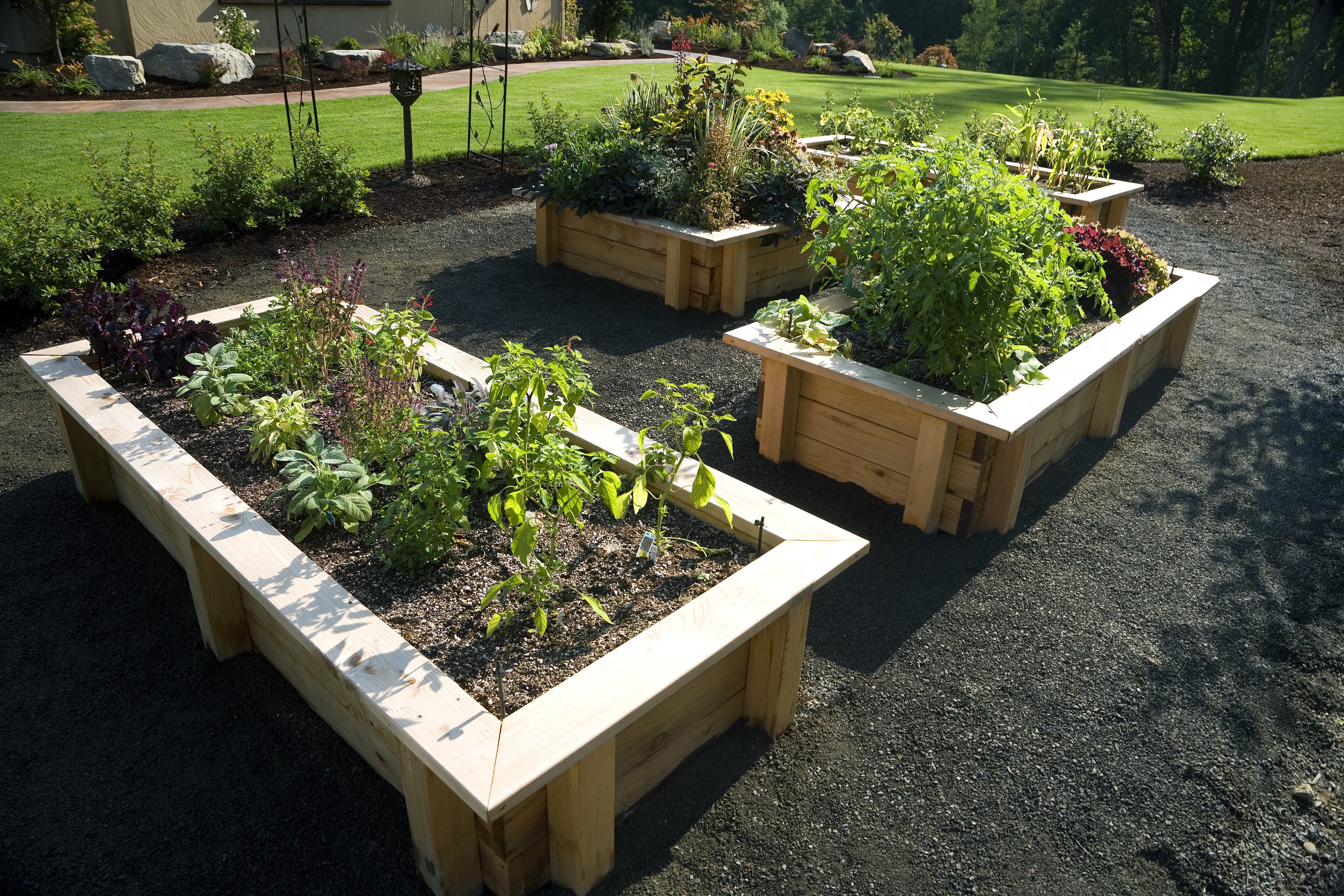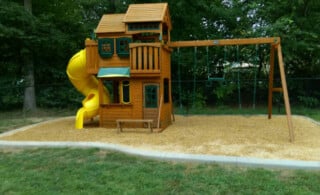
When tackling food preparation chores in the home, safety is important to avoid cooking-related injuries or other hazards like kitchen fires. With a focus on safety and creativity, the whole family can enjoy spending time together while preparing healthy, delicious meals and snacks.
Parents and children can spend enjoyable time together bonding as children learn how to cook. In the process, kids can gain valuable cooking skills and learn about nutritious foods.
Step 1: Washing Hands and Prep
Teach children to wash their hands with warm water and soap before cooking. Make sure that everyone:
- Wears safe clothing that won’t present a fire hazard.
- Rolls up their sleeves,
- Ties their hair back, and
- Wears aprons to protect clothing and keep loose hems or pockets away from the cooking area.
Step 2: Introducing Kitchen Tools
When children are first venturing into the kitchen, start them off using simple tools such as a wire whisk, wooden spoon, and measuring spoons and cups. As they gain proficiency, they should be ready to advance to more complicated tools such as a can opener, hand mixer and eventually knives.
For their first cutting tasks, a child might start with a butter knife, slicing soft foods such as bananas. Eventually, kids can advance to more difficult paring or utility knives. Supervise them carefully, ensuring they always make cuts away from their bodies and focus carefully.
Note: When handling knives, everyone should always keep the points down.
Step 3: Picking the Menu
Create tasty meals and snacks that are simple enough for kids to make. Peruse lists of kid-friendly recipes with children and invite them to choose dishes they would like to make. Consider:
- Pizza,
- Smoothies,
- Salads,
- Homemade mac and cheese, or
- Chocolate chip cookies.
Step 4: Shopping for Ingredients
This process is also an excellent opportunity to begin teaching children that nutritious foods can be delicious and fun to make. Make a grocery list together that includes the ingredients needed to cook the recipes you chose.
Tip: You can also give them a budget and help them price the items they buy for extra educational value.
Shop together to buy the ingredients, showing them how to select the best produce.
- Show them how to check fruits for bruising and ripeness.
- Let them feel vegetables to be sure they’re firm.
- Show them how to check the egg carton for broken eggs.
- Remind them to double check expiration dates and all pre-prepared foods.
Then, work in the kitchen to prepare the dishes while teaching them about food preparation safety.
Step 5: Food Safety
Bacteria spread easily from foods and surfaces, so it’s important to teach kids about how to prevent contamination.
To prevent cross-contamination between foods, make firm kitchen rules in the home to always separate dishes, utensils, and cutting boards when preparing raw meat, fish, and poultry as well as prepared foods.
Cooking foods fully involves using a food thermometer to check the internal temperature. Children may enjoy learning how to use a food thermometer to test the temperature of cooked foods. For instance, baked goods containing eggs need to be fully baked, or the uncooked eggs could cause salmonella poisoning.
- Beef, fish, pork, lamb, veal chops and roasts should have an internal temperature of at least 145 degrees Fahrenheit.
- Ground meats should be at least 160 degrees.
- Poultry needs to have an internal temperature of at least 165 degrees.
Another important part of food safety is keeping perishable foods properly refrigerated. Teach kids that leftovers need to go in the refrigerator within two hours of preparation. Keeping perishable foods at a constant temperature of 40 degrees or less slows the rate at which bacteria will grow.
It’s also important to reheat leftovers fully, bringing the internal temperature up to at least 165 degrees.
Step 6: Clean Up
After meal preparation, make it a team effort to clean all the kitchen surfaces, utensils, and dishes. Make sure that the child or children understand the importance of having a clean and safe work area or kitchen.
Check out the additional references below for more information, or if you need a quick refresher before reviewing with the kids.
Knife Safety
- Safety Tips in the Kitchen
- Careful Cutting: Knife Safety Tips (PDF)
- Tips for Teaching Knife Skills (PDF)
- Kids in the Kitchen
- Cooking with Kids (PDF)
- Kitchen Safety for Children on Their Own
- Kitchen Safety for Young Cooks (PDF)
- Cooking with Kids (PDF)
Kid-Friendly Recipes
- Applesauce French Toast
- Build Your Own Sheet-Pan Meal
- Kid-Friendly Recipes
- Kid-Friendly Recipes in a Hurry
- Fast and Kid-Friendly Dinner Recipes
- Berry Smoothies (PDF)
- Kid-Friendly Recipe: Pop Toast
- Pizza Kabobs
- Deliciously Healthy Family Meals (PDF)
- Healthy Eating on a Budget (PDF)
- Outtasight Salad
- Hummus Veggie Pinwheels
Cross Contamination
- Separate, Don’t Cross-Contaminate
- Food Safety Facts
- Prevent Cross-Contamination
- What Are Foodborne Illnesses?
- Food Safety Tips
- Food-Safe Families (PDF)
- Safe Food Handling: What You Need to Know
 Child Safety Guide: How to Keep Kids Safe When They’re Home Alone
Child Safety Guide: How to Keep Kids Safe When They’re Home Alone  Gardening at Home with Kids
Gardening at Home with Kids  Home Energy Conservation for Kids
Home Energy Conservation for Kids  7 Steps to a Backyard Playground for Kids
7 Steps to a Backyard Playground for Kids  Go Green at Home! For Kids & Adults
Go Green at Home! For Kids & Adults 

Are You Familiar With This Topic? Share Your Experience.